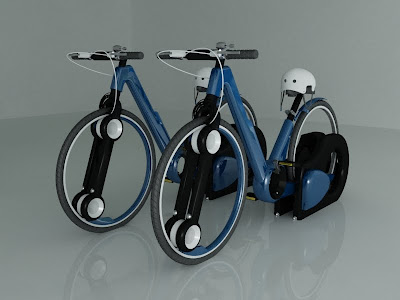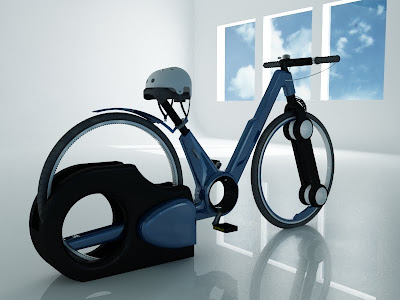
Monday, November 8, 2010
Tuesday, June 1, 2010
Final Rendered Images
A rendered image of the bicycle sharing system set up with the locking device and the information kiosk pole. Can be placed around areas explored in the esquisse's and discussed in the blog.

Completed storyboard of how the actual system works. Runs from intially finding the areas to paying for the system and then taking the bike and helmet out of the locking device. Simple, clear and easy to read and work out.
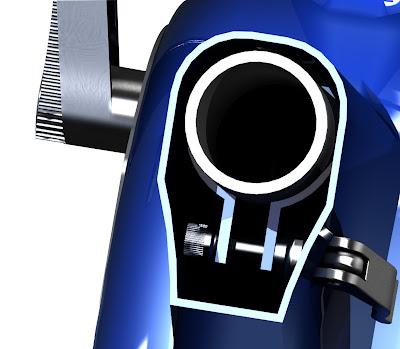
A section cut of the pole assembly where the seat can be adjusted easily to allow for the different users. For example the elderly ranging through to students.

A two part perspective of the casing and then the internals of the component. Is set up clear and with plenty of room for adjustment. The clamp handle is made at a certain length to reduce the intensity for the elderly straining their hands.
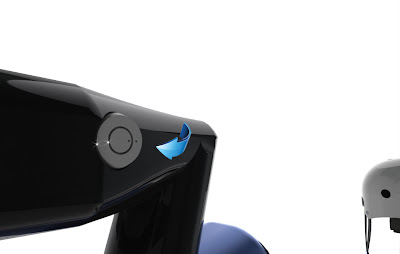
The LCD screen protective anti theft security measures.
A rear opaque look of the bicycle entering into the infrastructure. With the components identifiable in red.

A rear perspective view of the bicycle and integral components. Ie: rear hub bearing assembly and shafts.
Helmet assembly position. The clips are magnetized and work in uni sense with the LCD control screen to allow for the helmet to be unclipped and clipped at any time during use.

Handle bars and area of payment. Located directly at the front of the bicycle.
Rear perspective render of the unit and bicycle together.
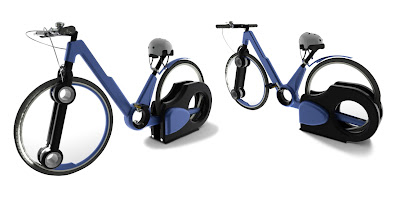
Dual bicycle perspective. Locking devices are portable and can be moved and set up in areas around the inner Melbourne city scope.

Locking device elevation views.
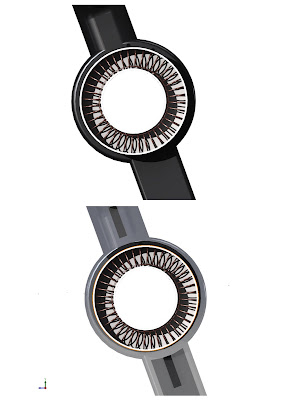
The hubless bicycle utilises regenerative powering to source the power for the lcd screen and the lights.

Rear fender with adjustment controls.

Security measure for the LCD screen. Can be opened to allow for maintainence and replacement.

Front fork lights. Easily interchangeable. Run off a small current. Located at the bottom of the front forks and at the rear of the swingarm behind the tyre.

Locking device see through to gain an understanding of the components and how the bicycle is slid into position, thus locking the station via the solenoids.
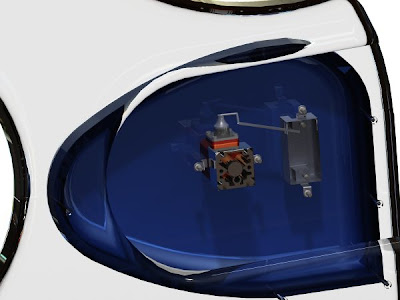
Part left of the assembly of the device. Inside lies the components which control the locking of the rear bearing to the device and then in turn to the ground.
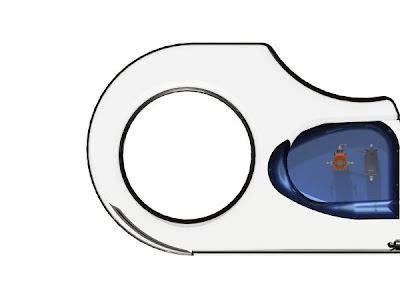
Side elevation of the locking device and location of components.
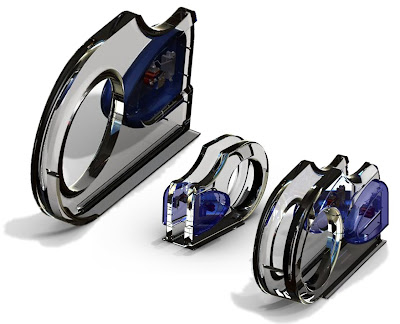
Collaboration of locking devices and certain perspectives to understand how the system works.

Side elevation including detail into how the front bearing system and fork actually work.

Top and front elevations to grasp an idea of how big the bicycle is and how it can be suited for the residents of Melbourne and travellers.

Information kiosk pole located throughout the Melbourne vicinity.
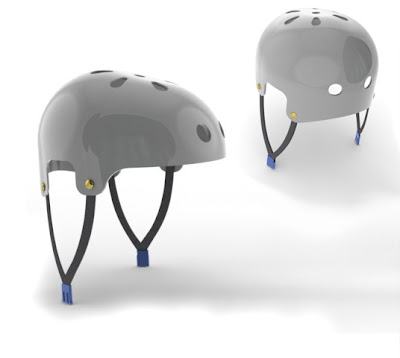
Final helmet design. Brass rivets. Anti-bacterial lotus leaf plastic. Magnetised locking clips. Cloth straps & inner pads to allow for comfort.

Bicycle units at a hub station. This is a general setup of how the system could be handled. As its portable it has the ability to become portable and can become modular.

In context next to a standard person size to gain a look into the size of the bicycle against its user.
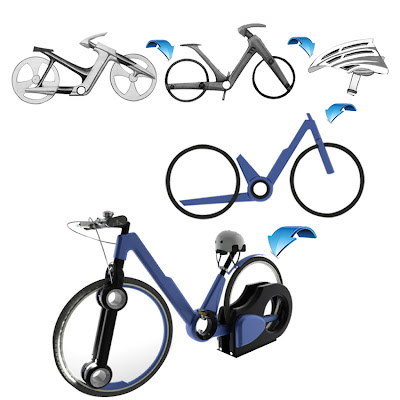
Development to final outcome process. According to our folio we have generated significant concepts and refinement which inevitably through dot design into its final selection of a bicycle.

Standard sourced clamping components will be used on the mudguards and seat adjustment controls.
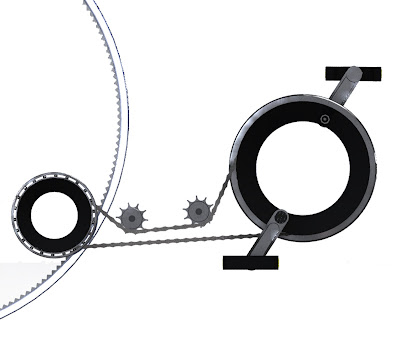
Simple render of how the chain mechanism works with the idler and female gears showing the path of the chain.

The internal components of the frame. Dual gear drive systems, pedal assembly and hub positions can all be clearly identifiable.
Side elevation of the chosen bicycle in context with the locking device.

A typical set up of how the bicycle sharing scheme can be set up and used throughout Melbourne.

The tyre of the bicycle rolling onto the optical ramp located within the locking device.
Subscribe to:
Posts (Atom)


































